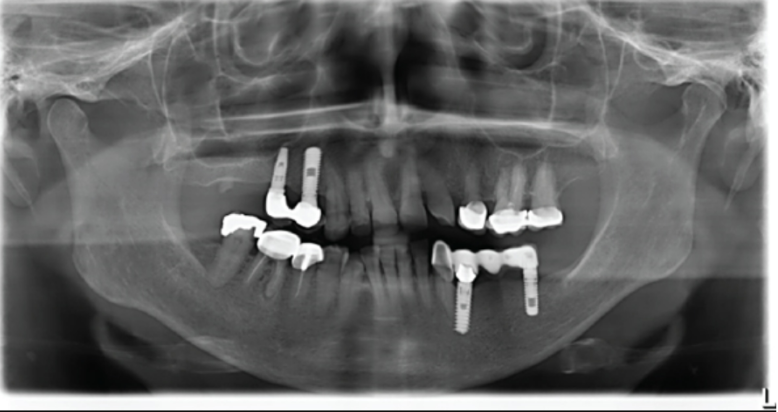Molecular compounds from citrus and coconut have antibacterial effects – new research from Osaka University
A groundbreaking study led by Osaka Metropolitan University has unveiled the powerful antibacterial properties of Pru-C12, a compound derived from natural sources like citrus plants and coconut. This discovery could pave the way for safer and more effective oral hygiene products, especially for vulnerable groups such as children and the elderly.
The Study: Unveiling the Antibacterial Power of Food-Derived Flavonoids
Periodontal disease, a severe inflammatory condition caused by bacterial infections, poses significant risks to both oral and systemic health. Traditional oral care products often contain harsh disinfectants, which can irritate sensitive populations. This has spurred the search for gentler, yet effective, alternatives.
Professor Shigeki Kamitani and his team at Osaka Metropolitan University’s Graduate School of Human Life and Ecology focused on seven food-derived flavonoids to assess their antibacterial effects against Porphyromonas gingivalis, a key bacterium responsible for periodontal disease. Among the compounds tested, Prunin laurate (Pru-C12) stood out for its superior antimicrobial properties.


 Figure 1: Effect of Pru-C12, Nar-C12, αG-Nar-C12, Hes-C12, Rut-C12, αG-Hes-C12, and αG-Rut-C12 on the growth of P. gingivalis. (A): Pru-C12, Nar-C12, and αG-Nar-C12; (B): Hes-C12 and αG-Hes-C12; and (C): Rut-C12 and αG-Rut-C12. Data in the graphs represent the mean ± S.D. (n = 3). Representative data for two or more repeated experiments are shown. One-way analysis of variance was used for statistical analysis, and the Dunnett method was used for multiple comparisons. *: p < 0.05 indicates significance relative to the bacterial growth rate in the absence of each sample.
Figure 1: Effect of Pru-C12, Nar-C12, αG-Nar-C12, Hes-C12, Rut-C12, αG-Hes-C12, and αG-Rut-C12 on the growth of P. gingivalis. (A): Pru-C12, Nar-C12, and αG-Nar-C12; (B): Hes-C12 and αG-Hes-C12; and (C): Rut-C12 and αG-Rut-C12. Data in the graphs represent the mean ± S.D. (n = 3). Representative data for two or more repeated experiments are shown. One-way analysis of variance was used for statistical analysis, and the Dunnett method was used for multiple comparisons. *: p < 0.05 indicates significance relative to the bacterial growth rate in the absence of each sample.
Comparative Analysis of Antibacterial Effects Against Porphyromonas Gingivalis
| Compound Name | Source Material | Antibacterial Effectiveness |
| Pru-C12 | Citrus and Coconut | Highest |
| Flavonoid A | Food Source X | Moderate |
| Flavonoid B | Food Source Y | Low |
As illustrated in Figure 1, Pru-C12 exhibited the highest antibacterial effectiveness, making it a promising candidate for future oral care products.
The Future of Oral Care: Potential Applications of Pru-C12
Pru-C12’s key advantages—being tasteless, hypoallergenic, and derived from sustainable biomass—position it as an ideal candidate for widespread use in oral care products. If further studies confirm its safety in humans, Pru-C12 could revolutionize the market by providing an affordable and gentle antibacterial option suitable for all age groups.
Professor Kamitani highlighted the significance of this discovery: “Pru-C12 could become an inexpensive and accessible solution for preventing periodontal disease, especially in populations that are currently underserved by existing products.”
Conclusion: A Promising Path Forward
This research marks a significant step toward developing safer, more effective oral hygiene products that cater to sensitive demographics. The potential of Pru-C12 to combat periodontal disease without the side effects associated with traditional disinfectants is a major breakthrough in dental care.
Stay tuned as further studies explore the full potential of Pru-C12 and its applications in enhancing oral health across the globe.
Sources
- ScienceDaily – Protect your teeth with fruit: antimicrobial effects found in biomass compounds – 28 August 2024
- MDPI – Prunin Laurate Derived from Natural Substances Shows Antibacterial Activity against the Periodontal Pathogen Porphyromonas gingivalis – 18 June 2024












